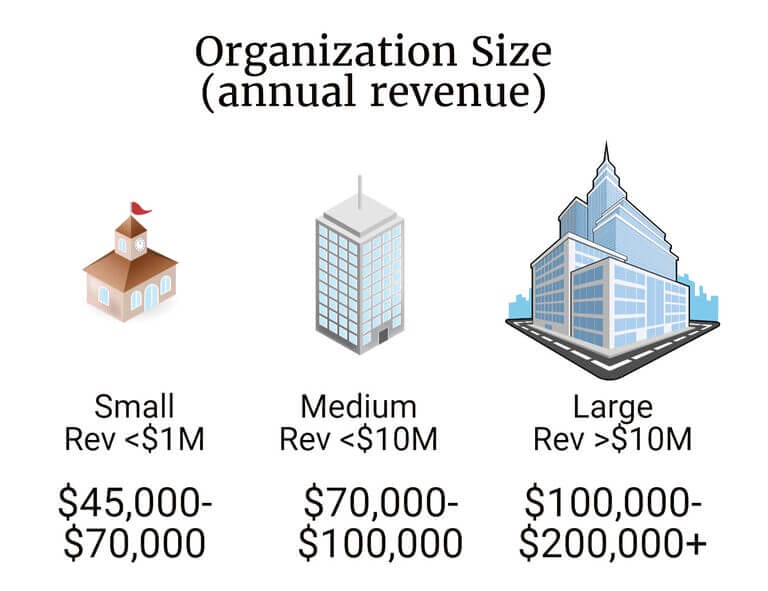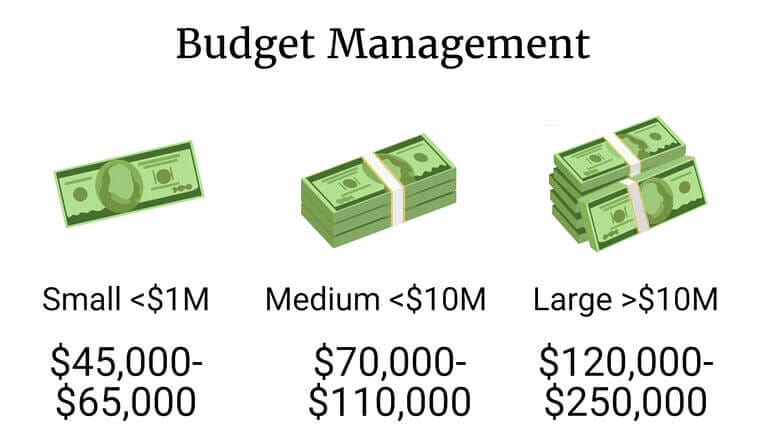Understanding nonprofit organization director salaries is critical for both nonprofit leaders and HR professionals. Nonprofit directors play a pivotal role in managing operations, overseeing programs, and ensuring the organization’s mission aligns with its financial health. Therefore, attracting and retaining top talent requires knowing the current salary trends, factors influencing pay, and industry benchmarks.
This blog post provides an in-depth look at the key factors that impact nonprofit director salaries, along with the latest salary trends and benchmarks. Whether you’re an HR professional looking to hire or an aspiring nonprofit director, this guide offers valuable insights to help you make informed decisions.
Key Factors Influencing Nonprofit Director Salaries
Several factors play a role in determining nonprofit director salaries. These factors include the size of the organization, its geographic location, the scope of its operations, and the budget it manages. Let’s break down these elements to understand how they affect salaries.
1. Organization Size
The size of the nonprofit has a significant impact on the director’s salary. Larger organizations with bigger teams, more complex operations, and higher revenue generally offer higher compensation packages.
Small Nonprofits (Annual Revenue: <$1M): Directors in smaller organizations tend to have lower salaries. According to recent data, the average salary for directors in small nonprofits ranges from $45,000 to $70,000.
Mid-Sized Nonprofits (Annual Revenue: $1M-$10M): For medium-sized organizations, directors can expect salaries between $70,000 and $100,000, depending on the complexity of the role.
Large Nonprofits (Annual Revenue: >$10M): In larger nonprofits, directors often earn between $100,000 and $200,000, with some positions at high-profile organizations reaching up to $300,000 or more.

2. Geographic Location
Salaries for nonprofit directors also vary depending on where the organization is located. Nonprofits based in large metropolitan areas or high-cost-of-living regions typically offer higher salaries to match the increased cost of living.
Urban Areas: Nonprofit directors in cities like New York, Los Angeles, and Washington, D.C., often earn 15% to 30% more than those in rural or suburban areas. For example, a director in New York City might make $120,000 annually, while the same role in a smaller Midwestern city could offer $85,000.
Rural Areas: Directors in rural regions often see lower salaries due to lower operating costs and budget constraints. However, cost of living adjustments may make these salaries more competitive when adjusted for local economies.

3. Budget Management
The size of the organization’s budget is another critical factor in determining a nonprofit director’s salary. A director responsible for overseeing a $1 million annual budget will likely earn less than one managing a $50 million budget.
Small Budgets (<$1M): Directors managing smaller budgets may see salaries of $45,000 to $65,000 annually.
Mid-Sized Budgets ($1M-$10M): For organizations with mid-sized budgets, salaries often range from $70,000 to $110,000.
Large Budgets (>$10M): Directors overseeing larger budgets may command salaries in the $120,000 to $250,000 range, especially if the organization has complex financial operations.

4. Scope of Responsibilities
Nonprofit directors with broader responsibilities, such as overseeing multiple departments or managing national or international operations, often earn more. These roles may require specialized skills, such as fundraising, marketing, or public relations expertise, which also drives up compensation.
Executive Directors: Directors with executive responsibilities, such as strategic decision-making and external relations, generally earn higher salaries than those focused solely on program management.
Industry Benchmarks for Nonprofit Director Salaries
Now that we’ve examined the factors influencing nonprofit director pay, let’s look at some industry benchmarks. Below are key statistics from reliable salary data sources that HR professionals and nonprofit leaders can use when assessing pay scales for their organizations.
Charity Navigator: According to their Nonprofit Compensation Report, the median compensation for nonprofit CEOs and directors was approximately $98,000 in 2023, with higher figures in large urban centers and organizations managing larger budgets.
Glassdoor and PayScale: Reports from Glassdoor and PayScale show that the average base salary for nonprofit directors is between $80,000 and $110,000. Benefits, including health insurance, retirement plans, and performance bonuses, often increase the total compensation package by 20% to 30%.
GuideStar: The GuideStar Nonprofit Compensation Report provides a comprehensive analysis of nonprofit director salaries based on organizational size, budget, and geographic location. For directors of large nonprofits, the median salary exceeded $150,000 in 2023.
Each of these sources offers data that can help nonprofit leaders and HR professionals set competitive salaries that attract the right talent while staying within budget constraints.
Emerging Trends in Nonprofit Director Salaries
Several key trends are shaping nonprofit director compensation in 2024 and beyond. HR professionals and nonprofit leaders should keep these trends in mind when developing salary strategies.
1. Increased Focus on Diversity, Equity, and Inclusion (DEI)
Nonprofits are placing greater emphasis on diversity, equity, and inclusion, both in their leadership teams and in how they compensate directors. As part of their DEI initiatives, many organizations are revisiting pay scales to ensure equitable compensation across gender and race lines.
2. Remote Work and Flexible Schedules
The rise of remote work has affected how nonprofit organizations structure compensation. Directors who work remotely full-time may see different pay structures depending on their location. Nonprofits based in high-cost cities are starting to adjust salaries based on where directors live, offering more flexible and competitive compensation packages.
3. Performance-Based Compensation
Some nonprofits are adopting performance-based compensation models, tying a portion of the director’s salary to specific metrics like fundraising success, program impact, or organizational growth. This trend reflects a growing emphasis on measurable outcomes and accountability in nonprofit management.
Best Practices for Setting Nonprofit Director Salaries
Here are some actionable tips for nonprofit organizations looking to set competitive, fair salaries for directors:
Conduct Salary Surveys: Regularly consult salary surveys from organizations like Charity Navigator, GuideStar, and Glassdoor to stay updated on industry standards.
Consider Total Compensation: Look beyond base salaries and consider total compensation packages, including benefits, bonuses, and professional development opportunities.
Adjust for Geographic Differences: Factor in regional cost of living and labor market trends when setting salaries.
Review Pay Equity: Conduct regular reviews to ensure pay equity across gender, race, and other demographics. Implement DEI strategies to address any disparities.
For HR professionals, nonprofit leaders, and aspiring directors, understanding current salary trends and benchmarks is essential for hiring and career growth. Use reliable salary reports from GuideStar, Charity Navigator, and Glassdoor to make informed decisions about nonprofit director compensation.